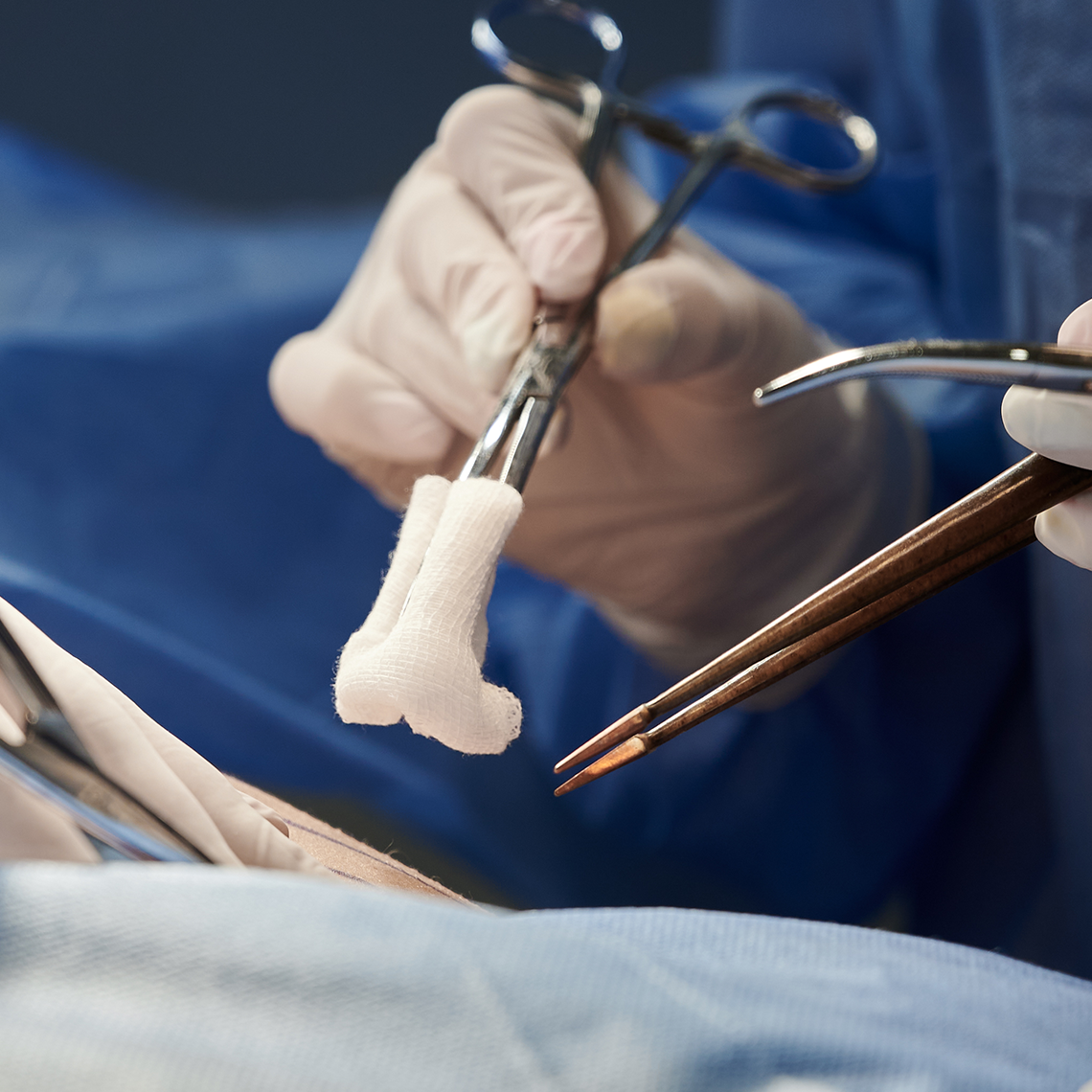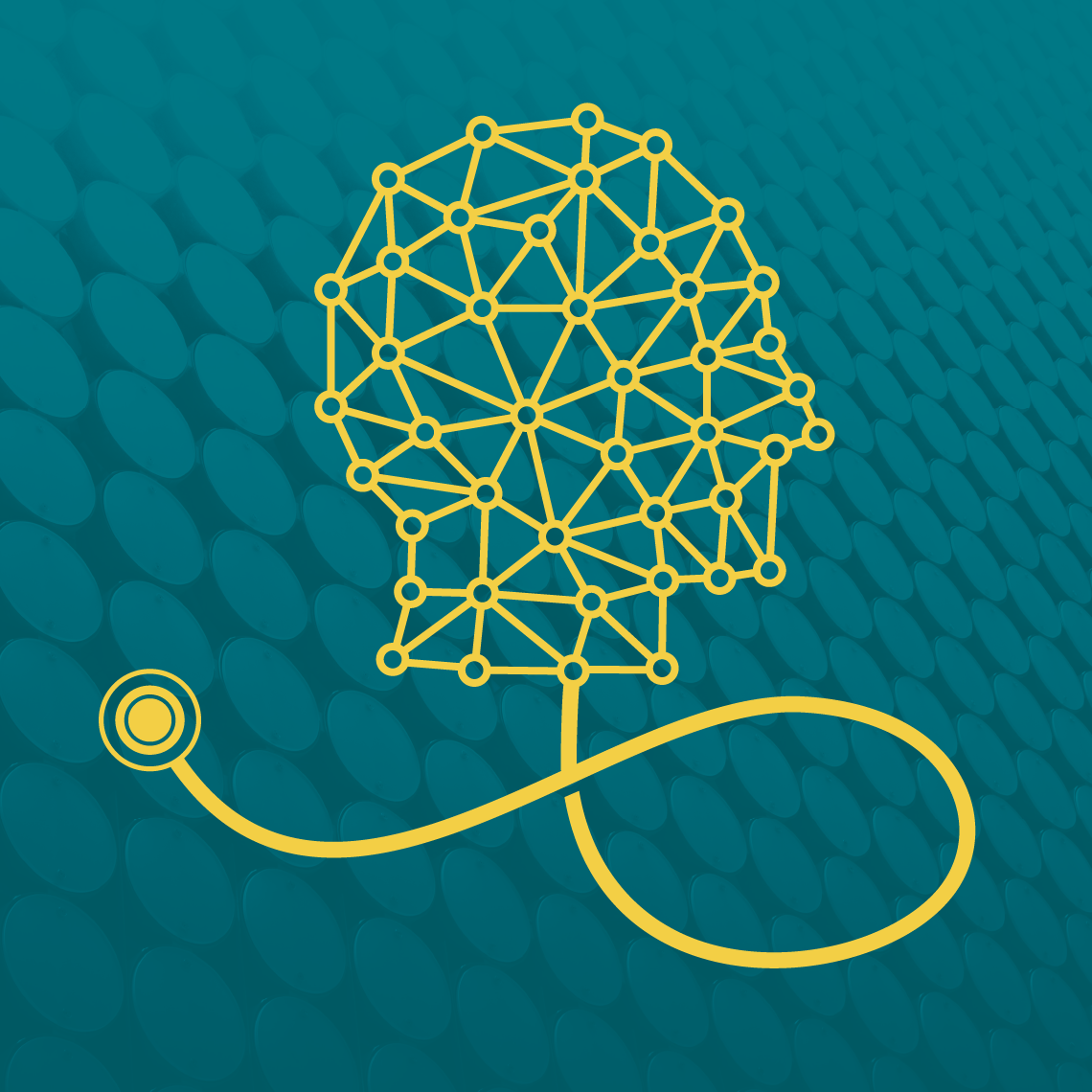Podcast
In Malpractice Claims Connected to Diagnosis, Nurses Are Accountable
Mar 30, 2022

Commentators
- Kelly Gleason, RN, PhD
- Penny Greenberg, MS, RN, CPPS
Transcript
In the constant search for how medical mistakes and patient harm occur, the data from malpractice claims continue to accumulate and reveal new insights. A study in the Journal of Patient Safety by Gleason and colleagues in late 2021 shines a light on nursing’s role in malpractice claims and preventing diagnostic error. The focus of the study was on claims that involve the diagnostic process. Diagnosis is the leading category of malpractice claims, according to a 2015 report by the National Academy of Medicine, and confirmed by subsequent analysis of national data by Candello in the Harvard system. The study analyzed nearly 800 hundred medical malpractice claims from across the United States. In a 10-year study period, nurses were named as the primary responsible service in 139 diagnosis-related claims, and in 647 claims involving a failure to monitor physiologic status, which is a key function in the diagnostic process of care that involves nursing directly.
“In this case we’re focusing largely on inpatient nurses; I was an inpatient nurse before entering into academia. A lot of times we’re really left out of the diagnostic team.”
Kelly Gleason led the research team exploring what kinds of legal allegations and contributing factors involve nurses when patients file claims and sue their providers for negligence. Gleason is an assistant professor at Johns Hopkins School of Nursing. She says a key goal for this study was to show how nurses are held accountable by the legal system.
“It was to show that nurses are legally considered part of the diagnostic team, and so this should not be a controversial thing that we’re saying that nurses are part of the diagnostic team or that nurses play a role in diagnosing and that we’re actually legally accountable for our role in diagnosis. So it’s not something that’s optional. It’s not something that can sit on the back of your list. It is something that is very, very much a part of the role and responsibility of a nurse.”
What they found in the malpractice data, though, was that certain factors kept nurses from fulfilling their diagnostic role. Each case in the database that the researchers studied is carefully coded by a detailed taxonomy of contributing factors. Researchers identified common factors in the cases they studied, including: failures in communication among providers in more than half the cases, and communication problems with patients, which contributed to 16 percent of the cases. In a fifth of the claims, inadequate assessment was present. And 41 percent of these malpractice cases involved a failure to respond. Gleason believes work-load and culture also play a big part.
“I don’t think it’s one person’s problem or another person’s problem. I think it’s a bidirectional issue and particularly as nurses are increasingly busy, increasingly understaffed, all those situations are happening. It’s very easy to put different concerns above the diagnostic concerns because you feel like it is a physician’s job to diagnose. If you have a patient, you know, I consider in extreme need, a patient might have just gone to the bathroom in bed and you don’t have a patient care technician available to help you and you need to clean that up, but your other patient has, you just checked their vital signs and it is extremely concerning that something big might be happening and how to triage that. Again, I think that sometimes you’re, ‘okay well, I’m going to put the vital signs in the computer and the physician is going to see it up on the page.’ But really you are part of the diagnostic team and you have a major role to be a part of making sure that really gets communicated and heard by the physician. And I think that’s what we saw in the study and in the stories that came from the study. “
One of the co-authors is Penny Greenberg. Greenberg is a nurse and the Director of Operations for Candello, which gathers hundreds of malpractice cases every year from an international collaborative of insurers and health systems in a detailed database.
“What struck me in the research that is concerning is when you look at the contributing factors and the likelihood of death among these cases, in these diagnosis-related cases, 62% of cases where there was an issue with communication among providers resulted in a patient death. So right there, we have to pause as a discipline, nurses, physicians, everyone who takes care of the patient to say how do we make that better, how do we communicate better, how do we make sure the plan of care for the patient is well communicated to everybody who is caring for the patient?”
Greenberg is also a consultant in team training, and she points to the National Academy of Medicine report’s top recommendation: health organizations should facilitate more effective teamwork in the diagnostic process among disciplines, patients, and families. The data in her study showing communication failures among providers supports the Academy’s recommendation about teamwork and diagnosis.
“The training that’s going on now, both for medical students and nursing students, does not directly talk about the diagnostic process with regard to nursing or physicians or PA’s. What it does do though is it focuses on teaming: team training, communication, the ability to escalate, the responsibility of the nurse specifically as the patient advocate and responsibility to escalate and if you don’t get a response from the first person you escalate, what’s the chain of command and you should feel very comfortable without any retribution in being able to go up the chain of command.”
Kelly Gleason says anything that helps providers understand nursing’s role in the diagnostic process is helpful. Orientation programs and in-service training that call out nursing’s role on the diagnostic team are among the study’s recommendations, along with team training. Gleason says that still too often a nurse’s experience feels like the opposite of teamwork, and a lot more like isolation:
“I don’t think that our education or training inadequately prepares us for being part of the diagnostic team. I think that many parts of our training and education naturally, it is related to diagnosis, being part of the diagnostic team. But what is missing is explicitly calling that out and calling out what we’re doing. And so to me it’s not a matter of changing education and training so much as it’s a need to explicitly call out ‘these are the actions we do and they’re related to diagnosis and getting the correct diagnosis for the patient, and that is extremely tricky and we need you to be a full team member on this.’ But I think there’s just a barrier around calling what nurses do as part of diagnosis, and it’s not helped at all by the confusion over nurses scope of practice, because it is 100 percent part of our scope of practice to be part of the diagnostic team, be part of communicating, assessing, monitoring. Do we give the final diagnostic label? No, but there’s a lot of other ways and parts of the process that we are a part of, and I think that’s what we need to move towards.”
According to Greenberg, medical errors have been shown to decline where team training was applied, for example in labor and delivery and emergency medicine units. Greenberg believes that a wider application of these methods holds a lot of promise.
“Statistically, hopefully you would see a decrease in the severity and the outcomes of these patients, but also see a decrease in the diagnostic errors, that the diagnostic process—coming up with a differential diagnosis—is a team sport and to me that’s what it should look like. I don’t think we’re ever going to get rid of or eliminate diagnostic errors just because of how complex our medical care is and the many consults and people involved in the patient’s care. Hopefully, though, we can decrease the number or mitigate how severe the outcomes are to the patients.”
About the Series
We’ve got you.
Our Safety Net podcast features clinical and patient safety leaders from Harvard and around the world, bringing you the knowledge you need for safer patient care.
Episodes
Bringing AI Into Medicine and Keeping It Safe
A Net to Catch Patients at Risk of Falling Through the Cracks

Alert on Surgical Items Left Behind in Patients

Higher Malpractice Risk with Advanced Practice Providers? Data Say Not Really


